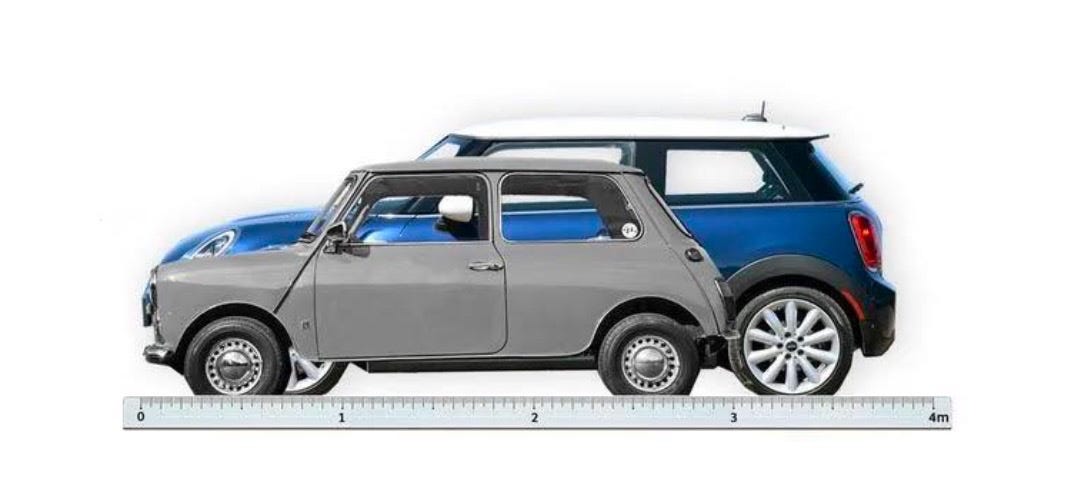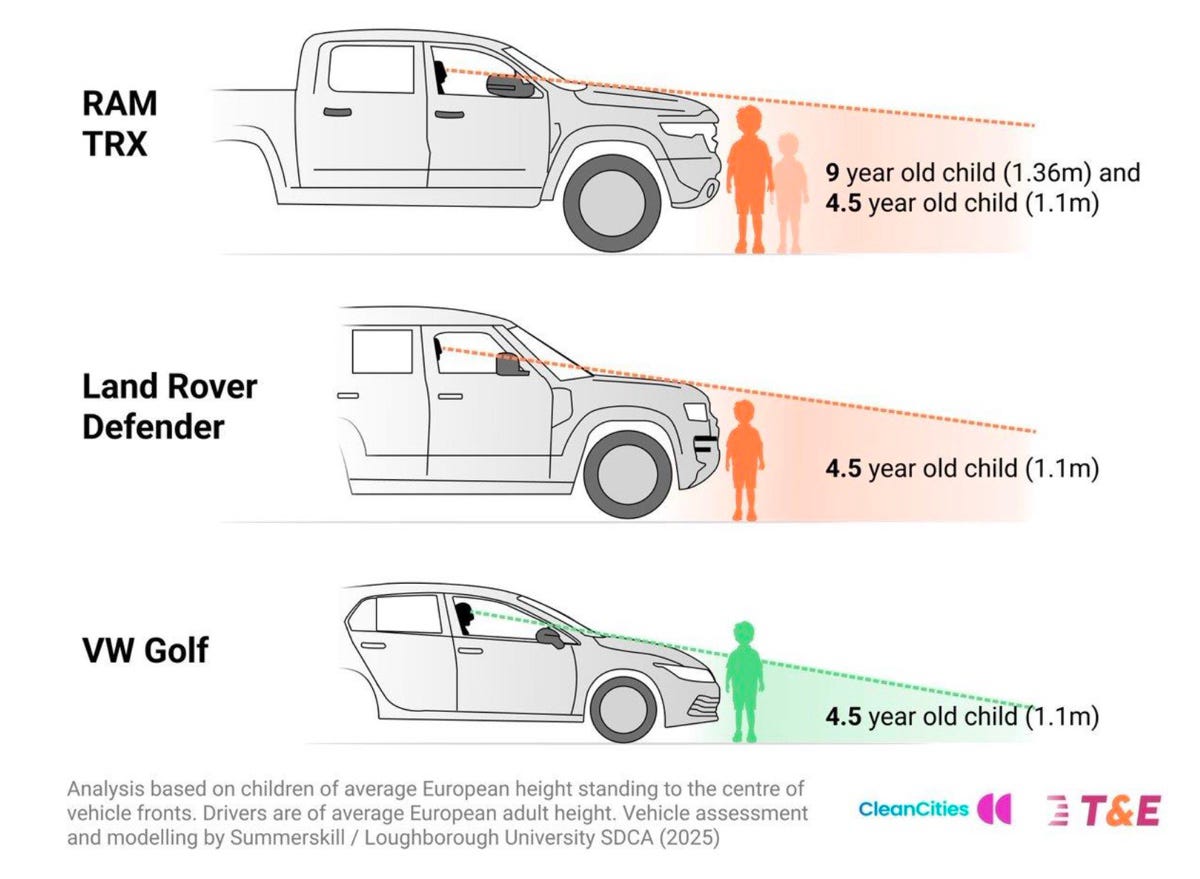💡SUV parking charges - WIP Proposal
Story 113
SUVs should face higher parking charges in Richmond’s residential areas.
The charges should reflect a car’s size and/or emissions.
The London Assembly agrees. The Green Party supports the idea. Richmond’s Liberal Democrat-led council does not.
This proposal is part of a wider Manifesto for a better Barnes and Mortlake: a collection of ideas grounded in local insight, climate responsibility and a people-first approach. You’ll find the full list of proposals, along with the thinking behind them, throughout this section.
Growth in SUV sales
Sports Utility Vehicles (SUVs) are now the best-selling type of new car in the UK. Along with 4x4s and they make up nearly a third of all cars on the road.
What’s more, like most cars they’re growing in size. Cars sold in the UK are growing in size by an average of 1cm every two years. The Vauxhall Corsa has widened by 24cm since its debut. The Ford Fiesta is 19cm broader than it was in 1989, while the Nissan Qashqai is 6cm wider than it was in 2008. This phenomenon—known as car bloat or car spreading—is not an accident. It’s market-driven, and councils have yet to catch up.

SUV’s pose a particular challenge, then. Their importance, growing popularity and size means action is needed now.
Why SUVs should pay more to park?
SUVs pose several threats to our environment. SUVs are different from smaller cars in ways that matte especially in a borough like Richmond. Additional car parking fees are one way to disincentives ownership or compensate for their use. The main problems:
They take up more space
They wear out roads faster
They’re more dangerous to people walking and cycling
They produce more carbon emissions
They pollute more through tyres and brakes
This partiicular charge is useful, more generally, as
Disincentive to private car ownership
Strengthening the polluter-pays principle
They take up more space
Most SUVs are too big for Richmond borough’s 1.8m standard parking bays. A record 1,200,000 cars wider than 1.8 metres were sold last year. Many SUVs are now 2m wide.
In an area with so many Victorian streets, they jut into pavements, hampering pedestrians
They are taking up an increasing amount of limited space on our streets. When the space doesn’t fit the car, it’s the street that loses and in particular the people who walk on them.
They damage roads faster
SUVs can weigh 30% more than a standard car, putting extra pressure on residential roads not designed for them.
The damage done by a vehicle to a road surface is proportional to the fourth power of its axle weight — a principle used to describe the relationship between axle load and damage to the road surface.
Using the formula, a two-tonne SUV does 16 times more damage than a one-tonne car.
Councils foot the bill for repairs; SUV owners should too.
SUVs are more dangerous
SUVs sit higher, with bulkier front ends and larger blind spots. That makes collisions with pedestrians and cyclists both more likelyand more deadly.
Road safety data backs this up: the bigger the car, the greater the harm. Put another way, a child struck by an SUV is 82% more likely to die than if hit by a smaller car.

They produce more carbon emissions
Even newer models of SUVs emit more CO₂ than mid-sized cars. Richmond Greens said
Petrol and diesel SUVs burn around 20% more fuel than medium cars
Indeed as reported earlier this year by the BBC,
If ranked among countries, the global fleet of SUVs would be the world's fifth largest emitter of CO2, exceeding the emissions of Japan and various other major economies.
SUV shed more toxic particles through tyres and brakes
Weight matters not just for fuel, but for friction. Heavier vehicles wear down tyres and brakes faster, releasing microscopic particles into the air. That kind of invisible pollution worsens asthma and enters our lungs and our children’s.
Disincentives against private cars
Richmond council says it wants fewer private cars and trips. But its policies tell a different story, the ‘car credibility gap’. Today, SUV owners pay no more to park than those with smaller, cleaner vehicles. That’s a missed opportunity. A stiffer car parking charge for SUVs would have a significant impact because they form such a large part of the borough’s private fleet of vehicles.
Price makes a difference. When cities raise parking charges, people drive less or park for shorter periods. In London, one study found that car trips into the centre dropped sharply when the Congestion Charge was introduced and fell even more when parking costs were added to the mix.
National research shows that when councils raise parking prices, demand usually falls. The effect varies by place, but the average change is big enough to matter.
Strengthen polluter pays principle
Richmond borough has the second highest level of consumption in London. We buy a lot of things. That is a function of the borough’s relative wealth. As we adjust our behaviours to reduce emissions - a Richmond council priority - a wider adoption of ‘polluter pays’ is the logical foundation for any disincentives in support of this ambition.
Practical considerations
SUVs are getting bigger with every passing year, creating congestion, taking up limited space on our pavements and streets as well as adding to road danger.
A smarter approach to parking charges isn’t just good policy. It’s a necessary step toward cleaner air, safer streets, and a better public realm.
Let’s put our kerbs to better use.
Richmond pioneered emissions-based parking charges 20 years ago. In the short term the council should revert to that approach. And rejoin the other 20 London boroughs who do this.
Meanwhile, with one eye on a growing EV fleet, the council should investigate ways of shifting to a combination of size and weight. Again they do not need to work alone: they should act in concert with other boroughs.
This proposal is a work in progress.
It will be reviewed and improved on a regular basis.
This story was last updated on Tuesday 05 August 2025.
